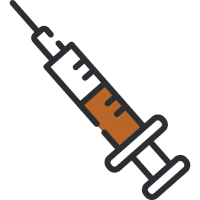If you’re wondering “how long do drugs stay in your system?”, the answer isn’t one-size-fits-all. It depends on factors like the type of drug, the dosage, how often it’s used, the kind of test being done, and individual differences in metabolism.
For instance, in a urine drug test, marijuana can be detectable for up to 30 days, while other substances like opiates or benzodiazepines may only show up for 3 to 4 days. With a hair drug test, most drugs can be detected for up to 90 days.


